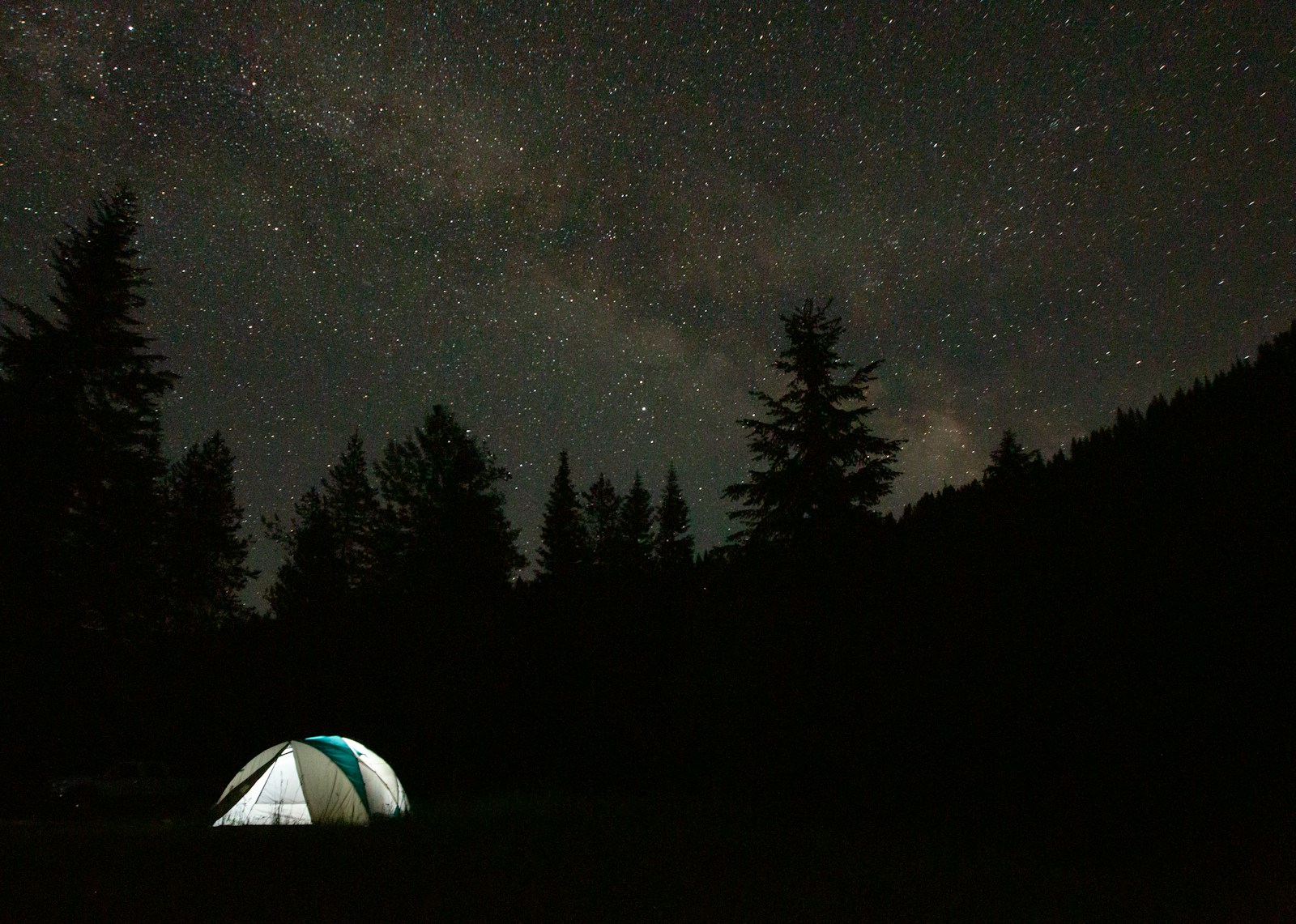For those who seek to capture the cosmic ballet above or simply marvel at the twinkling tapestry of stars, America’s national parks offer some of the most pristine night skies on the planet. Far from the light pollution of urban centers, these protected lands provide photographers and stargazers alike the chance to witness celestial events with exceptional clarity. The combination of dark skies, stunning landscapes, and accessible campgrounds makes national parks ideal destinations for astrophotography adventures. This article explores the premier national park campgrounds where you can set up your tripod under star-filled skies and capture breathtaking images of our universe.
What Makes a Great Stargazing Campground?
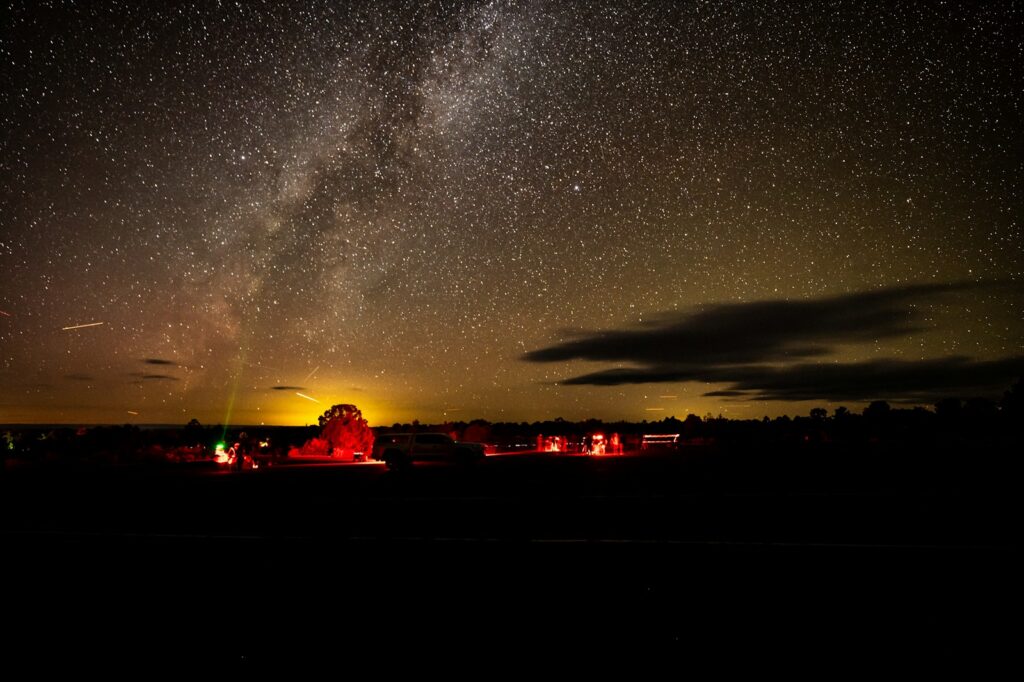
The ideal stargazing campground combines several crucial elements that enhance the night sky viewing experience. First and foremost is minimal light pollution, typically measured on the Bortle scale, with the darkest skies rating 1-2 on this 9-point scale. Elevation also plays a significant role, as higher altitudes mean thinner air and less atmospheric interference for clearer views of celestial objects. Weather patterns are equally important, with dry climates offering more consistent clear nights than humid regions. Additionally, the best locations provide both open vistas for unobstructed views of the sky and interesting landscape features that can be incorporated into foreground elements for night photography. Many top stargazing campgrounds also offer astronomy programs led by rangers or local astronomy clubs, enhancing the educational experience for visitors.
Death Valley National Park: Furnace Creek Campground
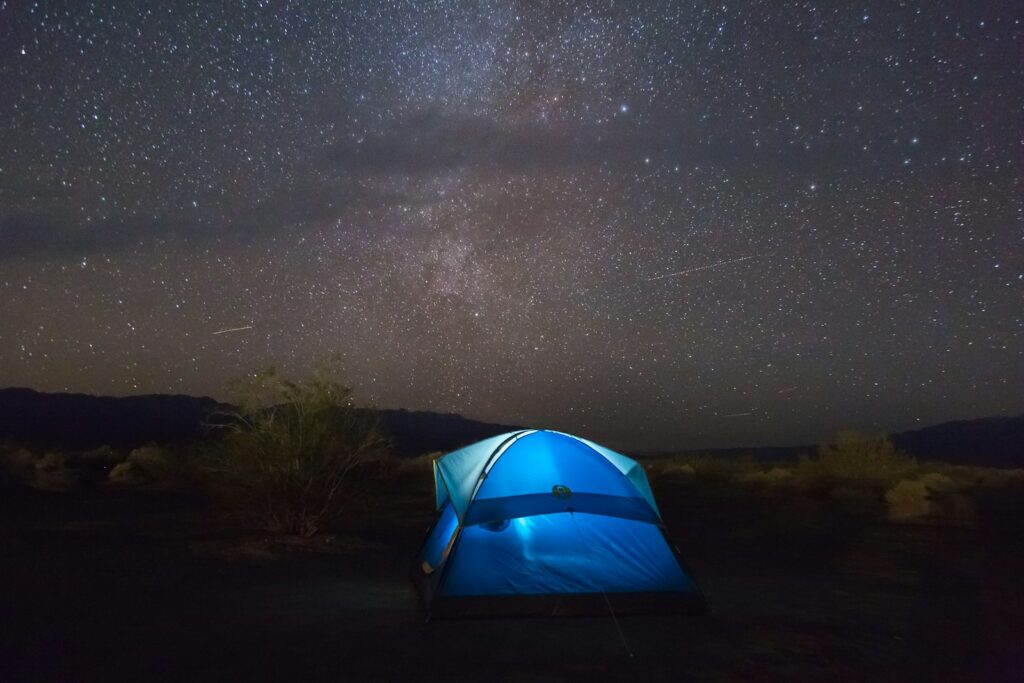
Death Valley National Park holds the prestigious designation as an International Dark Sky Park of Gold Tier status, the highest recognition for dark skies. Furnace Creek Campground, situated at 196 feet below sea level, offers year-round access and serves as an excellent base for stargazing adventures. The campground’s location in the heart of the park provides expansive views of the night sky, with the Milky Way arching dramatically overhead from spring through fall. What makes this location particularly special for photographers is the ability to incorporate unique landscape elements like salt flats, badlands, and desert mountains into astral compositions. Despite daytime temperatures that can be extreme in summer, night temperatures create comfortable stargazing conditions throughout much of the year. Reservations are recommended during the peak season from October through April, while summer visits practically guarantee an available spot due to lower visitation.
Grand Basin National Park: Upper Lehman Creek Campground
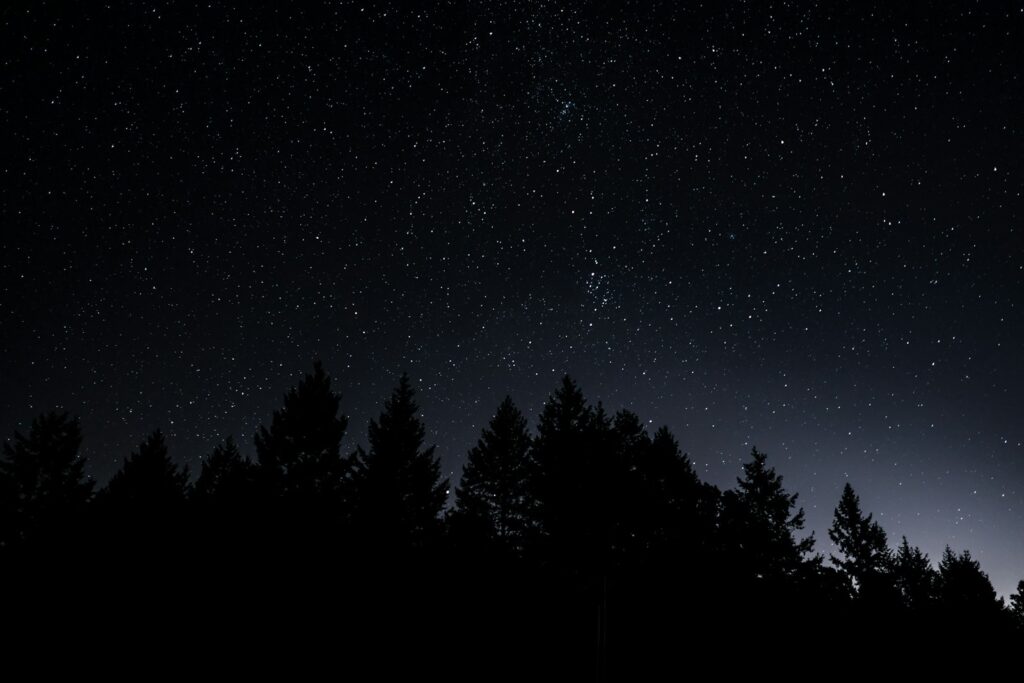
As America’s first International Dark Sky Park, Great Basin National Park in Nevada offers some of the darkest night skies in the continental United States. Upper Lehman Creek Campground, nestled at 7,752 feet elevation among ancient bristlecone pines, provides an intimate setting with just 24 sites surrounded by aspens and pines. The campground’s higher elevation and distance from major cities creates exceptional conditions for viewing deep-space objects like nebulae, galaxies, and star clusters that are invisible in light-polluted areas. Photographers particularly appreciate the natural framing elements offered by the bristlecone pines—some of the oldest living organisms on Earth—which create haunting silhouettes against the star-filled background. The park’s annual Astronomy Festival in September draws enthusiasts from across the country, featuring specialized telescope viewing sessions and photography workshops. Night temperatures can drop significantly even in summer, so warm clothing is essential for comfortable extended viewing sessions.
Big Bend National Park: Chisos Basin Campground
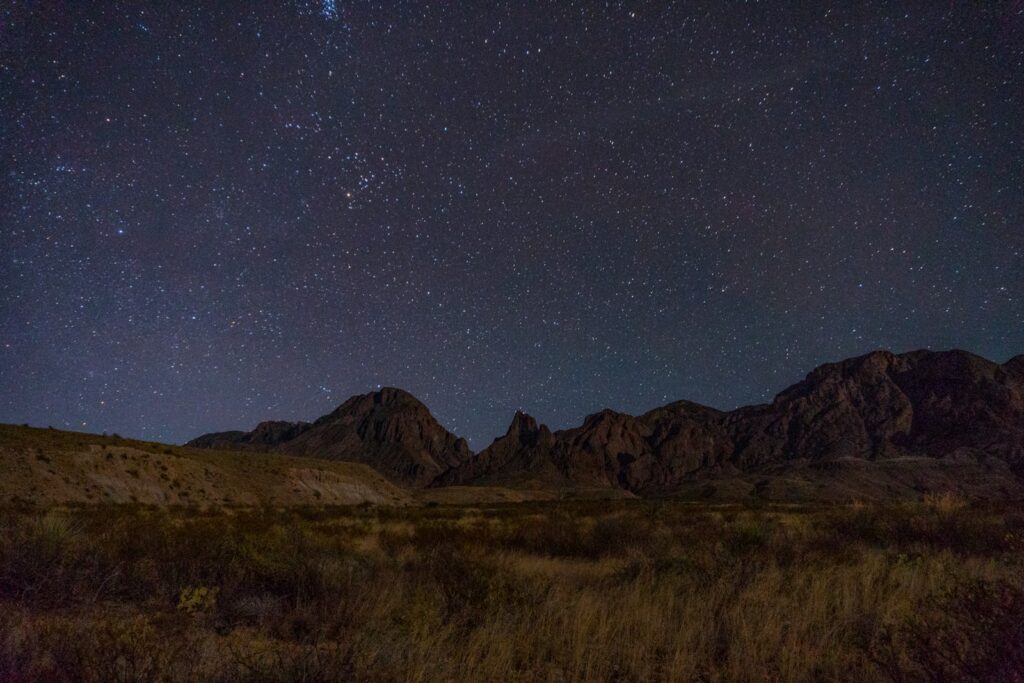
Tucked in the remote reaches of western Texas, Big Bend National Park boasts some of the darkest skies in North America, with the Chisos Basin Campground offering a premier stargazing location. This campground sits at 5,400 feet elevation, cradled within the dramatic Chisos Mountains that create a natural amphitheater for night sky viewing. What makes Chisos Basin particularly remarkable is the contrast between the rugged mountain silhouettes and the brilliant cosmos above, creating stunning compositional opportunities for photographers. The park’s location in the Chihuahuan Desert ensures clear, dry air most nights of the year, with optimal viewing conditions from October through April when humidity is lowest. The campground’s 60 sites fill quickly, especially during winter months when temperatures are most comfortable and the night sky is at its clearest. Rangers often lead night sky programs at the nearby amphitheater, where participants can view celestial objects through powerful telescopes while learning about astronomy and nocturnal wildlife.
Natural Bridges National Monument: Cedar Mesa Campground
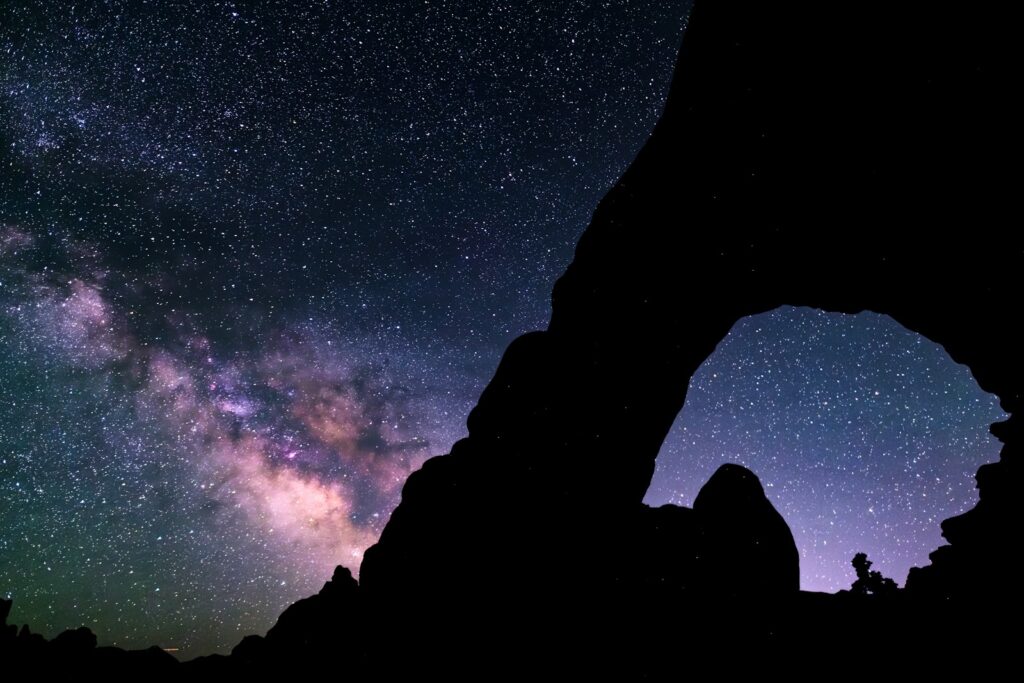
In 2007, Natural Bridges National Monument became the first International Dark Sky Park, setting a precedent for dark sky preservation in the national park system. The small Cedar Mesa Campground, with just 13 sites, offers an intimate stargazing experience at 6,500 feet elevation in the high desert of southeastern Utah. What distinguishes this location is the opportunity to photograph the Milky Way arching over the park’s natural stone bridges, particularly Owachomo Bridge, creating images that capture both geological and astronomical wonders. The high desert climate provides exceptionally clear air and consistent viewing conditions, with minimal precipitation to interfere with night sky visibility. The campground operates on a first-come, first-served basis, and its small size means it fills quickly during peak season from March through October. The remote location—about 40 miles from the nearest town—ensures virtually no light pollution intrudes on the pristine night skies, allowing viewers to see thousands of stars invisible from urban areas.
Bryce Canyon National Park: North Campground
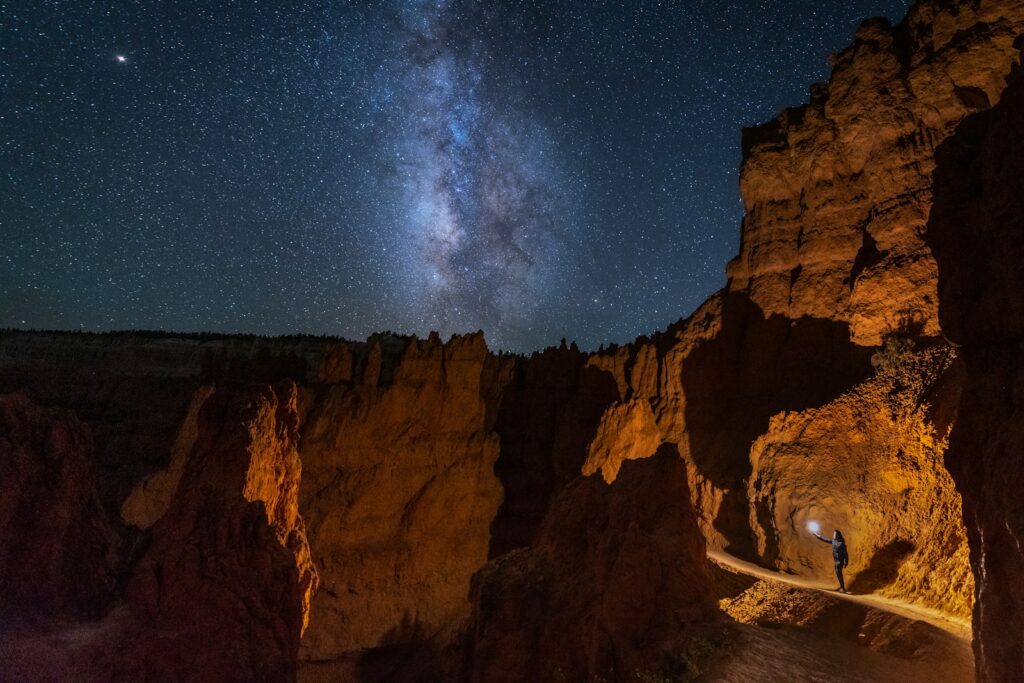
Bryce Canyon’s North Campground combines exceptional dark skies with the park’s famous hoodoo formations to create one of the most distinctive stargazing environments in the National Park system. Situated at over 8,000 feet elevation, the campground’s thin, dry air provides exceptional clarity for viewing deep space objects, while the high elevation reduces the amount of atmosphere starlight must penetrate. What makes North Campground special for photographers is the ability to capture the Milky Way rising above the otherworldly hoodoo formations, creating images that seem almost extraterrestrial in nature. The park hosts one of the longest-running astronomy programs in the National Park Service, with regular ranger-led stargazing events and an annual astronomy festival that attracts professional and amateur astronomers alike. Loop A of the campground remains open year-round, offering winter visitors the opportunity to experience the exceptionally dark skies of cold, clear winter nights when the Milky Way’s core is visible in early morning hours.
Acadia National Park: Seawall Campground
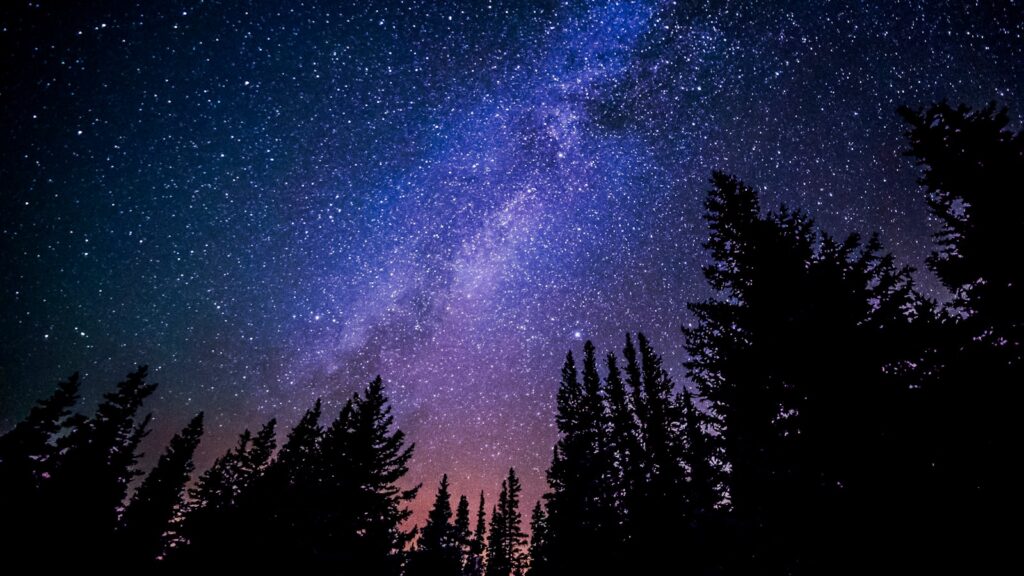
While the East Coast has more light pollution challenges than the western parks, Acadia National Park in Maine offers surprisingly dark skies, with Seawall Campground providing an excellent base for night sky photography. Located on the “quiet side” of Mount Desert Island, this campground sits away from the lights of Bar Harbor and other developed areas, offering darker skies than other parts of the park. What makes Seawall particularly appealing to photographers is the ability to capture the night sky over the rugged Atlantic coastline, with waves crashing against granite shorelines beneath star-filled skies. The campground’s location provides easy access to multiple compelling foreground elements, from rocky beaches to pine-studded landscapes. Acadia hosts an annual Night Sky Festival in September, featuring workshops specifically geared toward night photography techniques and specialized astronomy presentations. The maritime climate means photographers should monitor weather forecasts carefully, as clear nights are less consistent than in desert environments, but the reward is the unique combination of stars, sea, and forest that can’t be found in western parks.
Joshua Tree National Park: Jumbo Rocks Campground
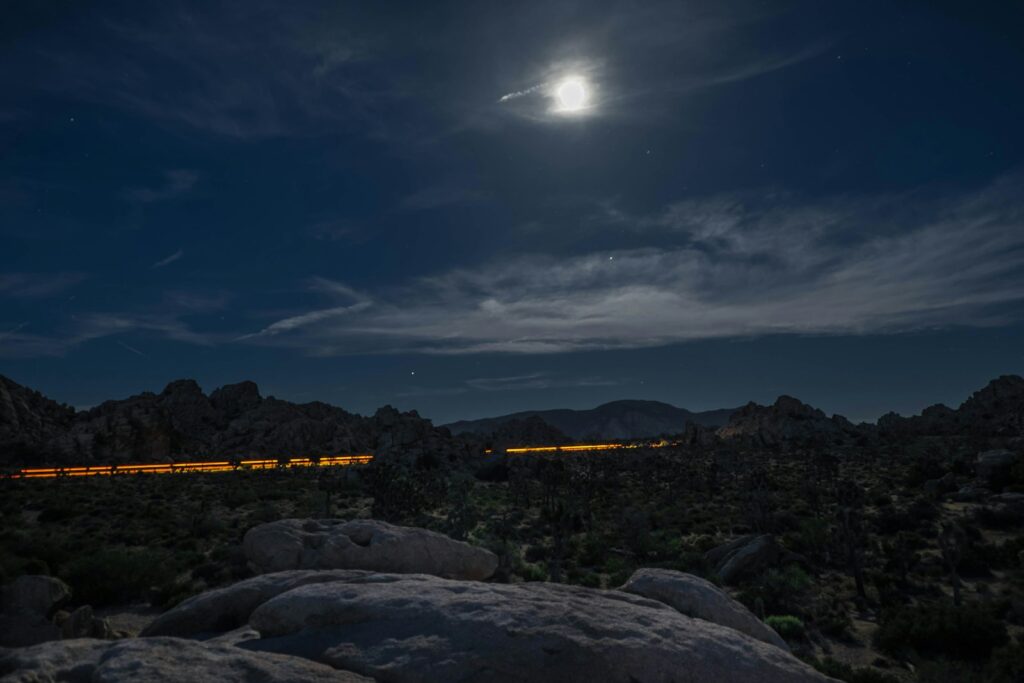
Joshua Tree National Park represents a stargazing paradise, with Jumbo Rocks Campground standing out as one of the park’s premier locations for night photography. Located in the heart of the park at 4,400 feet elevation, this campground offers superb dark skies with the distinctive Joshua trees and massive granite boulder formations creating otherworldly silhouettes against the star-filled background. What makes Jumbo Rocks particularly appealing for photographers is the endless variety of compositional possibilities, with each boulder formation offering different framing opportunities for the night sky. The campground’s 124 sites are surrounded by the park’s iconic rock formations, meaning photographers often need only step a few feet from their campsite to find compelling compositions. Southern California’s desert climate ensures clear viewing conditions throughout much of the year, though summer brings extreme daytime temperatures that make spring and fall the ideal seasons for extended night sessions. The park’s proximity to Los Angeles means some light pollution is visible on the western horizon, but the skies overhead remain impressively dark, with the Milky Way clearly visible during new moon periods.
Canyonlands National Park: Island in the Sky Campground
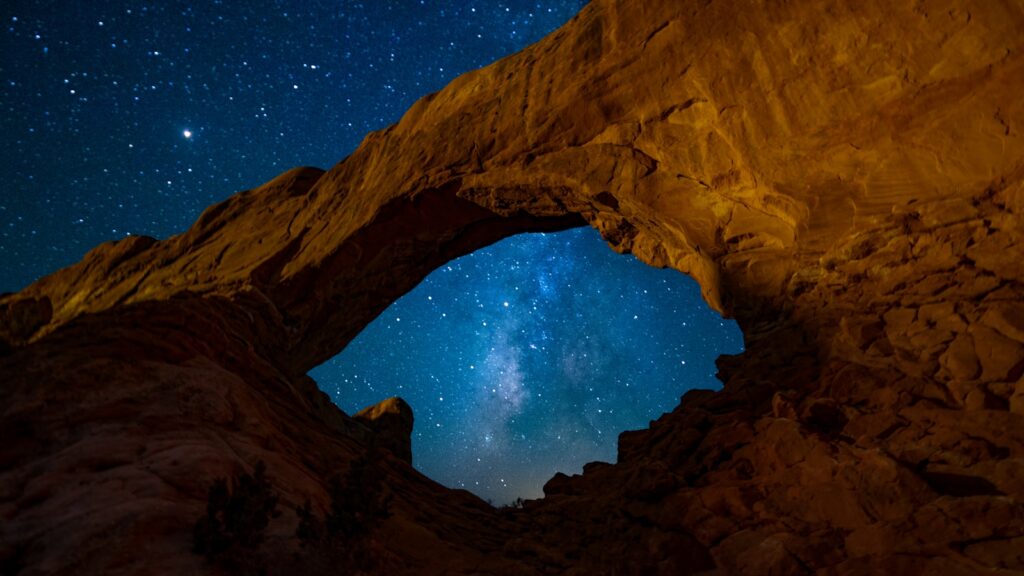
Canyonlands National Park features some of the darkest measured skies in the country, with the primitive Island in the Sky (Willow Flat) Campground offering spectacular vantage points for night photography. Perched atop a mesa at approximately 6,000 feet, this small campground with just 12 sites provides panoramic views of the surrounding canyon country and unobstructed access to the night sky. The campground’s proximity to Mesa Arch creates one of the most sought-after night photography opportunities in the park system, where photographers can capture the Milky Way framed by the natural stone arch. The high desert environment offers reliable clear skies throughout much of the year, with spring and fall providing the most comfortable temperatures for extended night sessions. The campground’s first-come, first-served system means photographers should arrive early to secure a spot, especially during peak seasons or around new moon periods when night photography conditions are optimal. The isolation of this campground—far from towns or highways—creates a profound darkness that allows visitors to see the Milky Way with exceptional clarity and detail.
Capitol Reef National Park: Fruita Campground
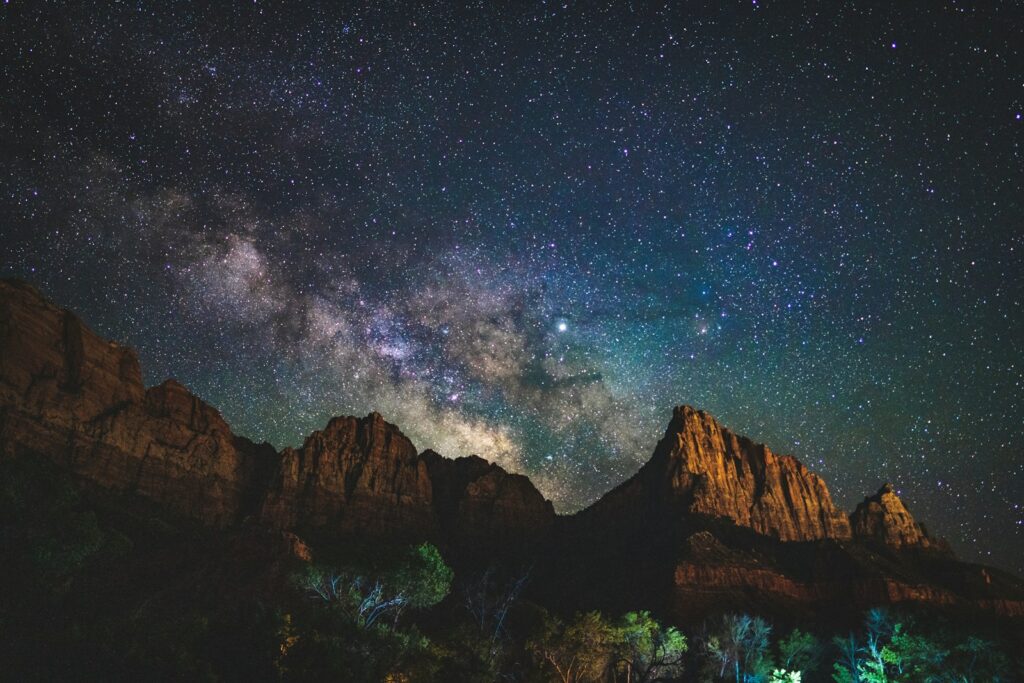
Capitol Reef National Park represents one of Utah’s less crowded dark sky destinations, with Fruita Campground offering a unique combination of excellent night skies and distinctive landscape features. Situated in a historic orchard at 5,500 feet elevation, this campground provides a rare opportunity to incorporate both natural and cultural elements into night photography, with pioneer-era buildings available as foreground subjects beneath star-filled skies. The park’s location in south-central Utah places it far from major urban centers, resulting in minimal light pollution and expansive views of the Milky Way during new moon periods. What makes Fruita particularly special is the contrast between the lush river valley campground and the surrounding red rock formations that create dramatic silhouettes against the night sky. The park’s fruit orchards, planted by Mormon settlers in the late 1800s, add an unexpected element to night photography compositions not found in other desert parks. The campground’s 71 sites operate on a reservation system from March through October, with first-come, first-served availability during winter months when temperatures are cold but skies are exceptionally clear.
Badlands National Park: Cedar Pass Campground

The otherworldly landscape of Badlands National Park creates one of the most distinctive settings for night photography, with Cedar Pass Campground offering convenient access to the park’s famous formations. Situated near the park’s main entrance at approximately 2,400 feet elevation, this campground provides easy access to numerous vantage points where the eroded spires and buttes create jagged horizons against the night sky. The Great Plains location offers some of the clearest views of the northern lights in the lower 48 states during periods of high solar activity, adding another dimension to night photography possibilities. The park’s dry climate and distance from major urban centers ensures minimal atmospheric interference and light pollution, with the core of the Milky Way visible from late spring through early fall. Cedar Pass Campground’s 96 sites include electrical hookups at some locations, allowing photographers to charge equipment between shooting sessions during multi-night stays. The expansive badlands formations visible from the campground create endless compositional opportunities, with each ridge and spire offering different silhouette possibilities against the starry background.
Essential Equipment for Night Sky Photography in National Parks
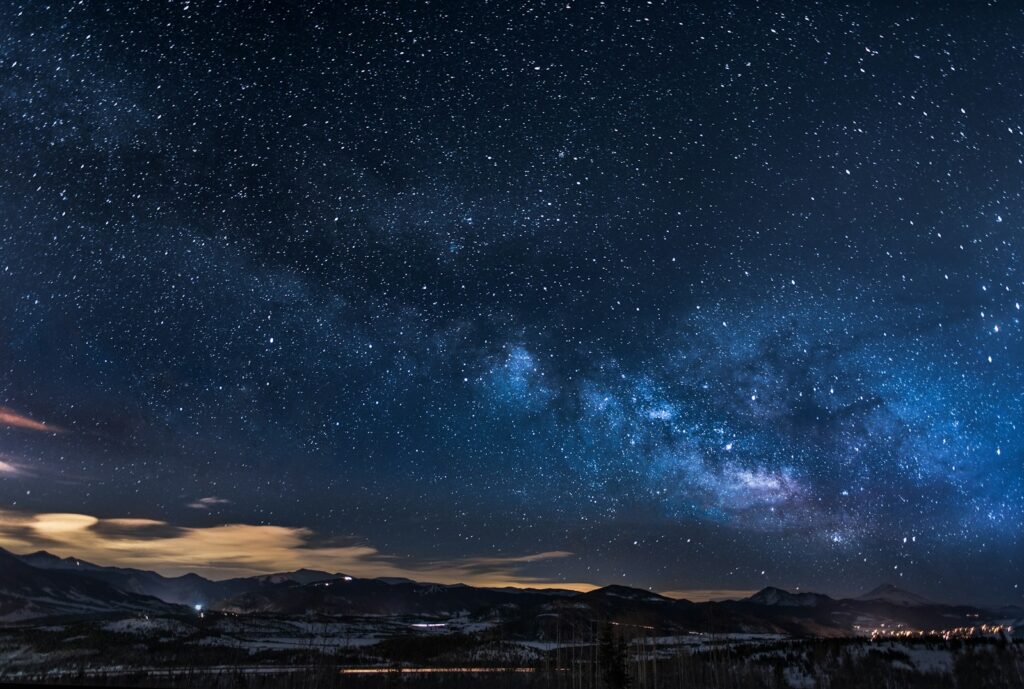
Capturing the night sky requires specialized equipment beyond what most casual photographers might carry. A sturdy tripod is absolutely essential, as exposure times typically range from 15-30 seconds for standard Milky Way shots to several minutes for star trails. A camera with good high-ISO performance is crucial, with full-frame sensors generally offering superior results in low-light conditions compared to crop sensors. Lens selection is equally important—fast, wide-angle lenses (typically 14-24mm with apertures of f/2.8 or wider) allow photographers to gather maximum light while capturing broad swaths of the night sky. Beyond the camera system, additional essential equipment includes extra batteries, as cold night temperatures can quickly drain power, and a remote shutter release to prevent camera shake during long exposures. Practical items like a red headlamp preserve night vision while allowing photographers to adjust settings and navigate safely, while smartphone apps like PhotoPills or Stellarium help plan shots by predicting the position of celestial objects. Many serious night photographers also pack hand warmers to combat lens condensation and portable power stations for extended shooting sessions in remote locations.
Planning Your Stargazing Trip: Best Times and Conditions
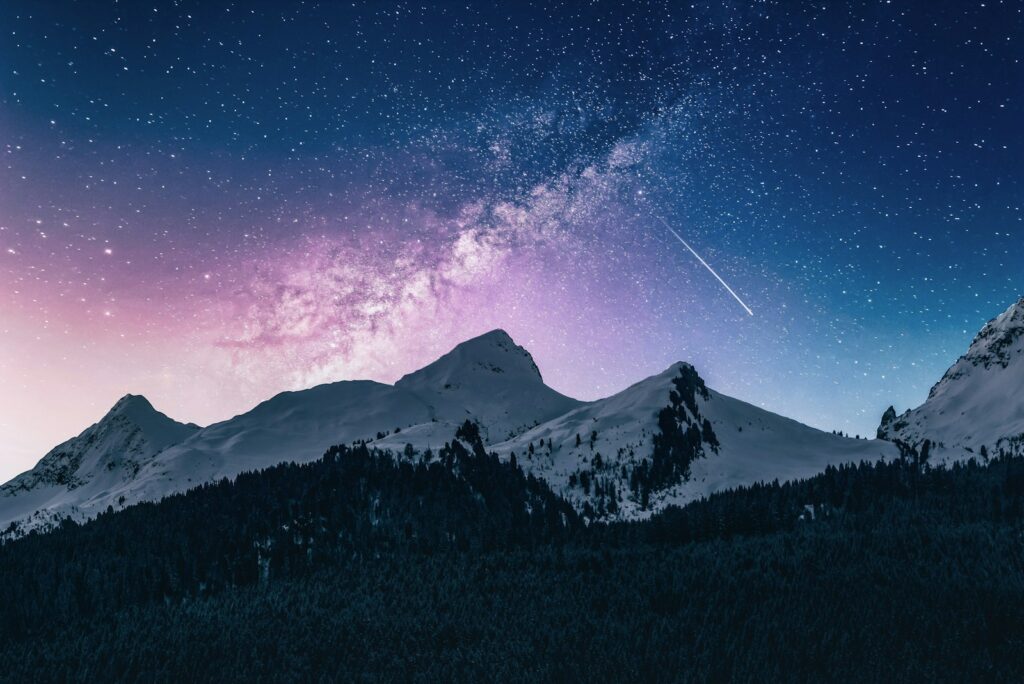
Successful stargazing and night photography require careful planning around several astronomical and meteorological factors. The moon phase is perhaps the most critical consideration, with the darkest skies occurring during the new moon period and the few days before and after, while full moons wash out the fainter details of the Milky Way. Seasonal considerations are equally important, as the galactic core—the brightest and most photogenic part of the Milky Way—is visible in the Northern Hemisphere from approximately March through October, with the best viewing in summer months when it rises higher in the sky. Weather patterns specific to each park should factor into planning, with desert parks generally offering more consistent clear skies than those in more humid regions. Most national parks experience their highest visitation during summer months, making campground reservations essential during peak Milky Way season. Photographers should also consider temperature variations, as many of the best stargazing locations experience significant temperature drops at night, even in summer, requiring appropriate clothing for comfort during extended shooting sessions. Planning around celestial events like meteor showers or planetary conjunctions can add another dimension to a stargazing trip, with resources like the annual Astronomical Calendar helping identify prime viewing opportunities.
Dark Sky Conservation and Etiquette for Responsible Night Photography
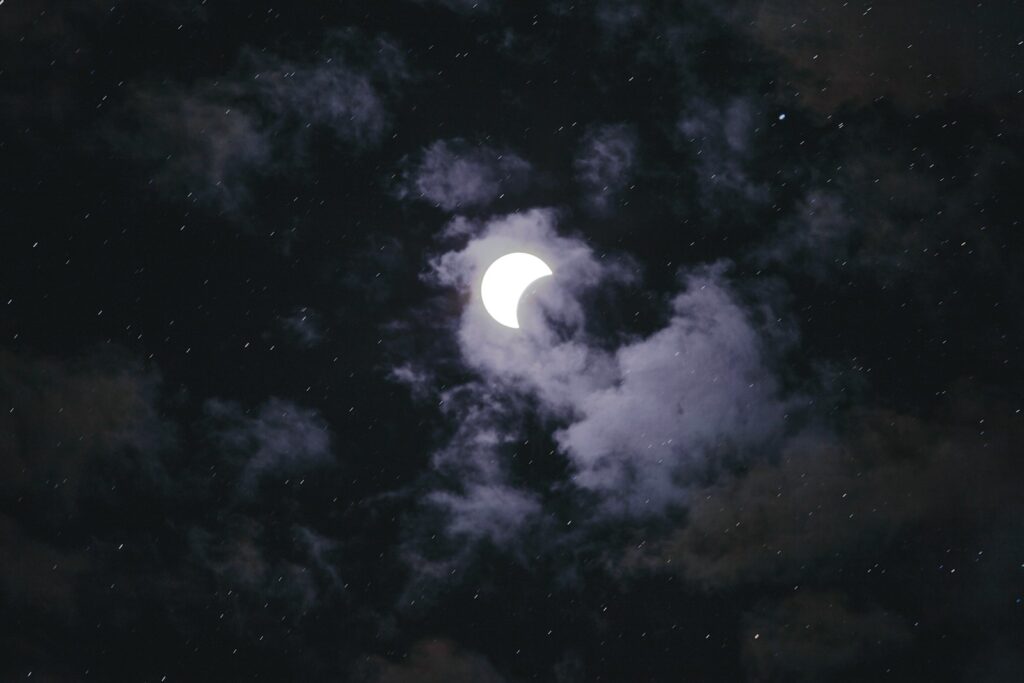
As interest in astrotourism grows, practicing responsible night photography becomes increasingly important for preserving the dark sky resources that make these experiences possible. Photographers should strictly follow Leave No Trace principles, being especially careful not to trample sensitive vegetation while navigating in the dark. Light discipline is paramount—using only red lights that preserve night vision and minimizing flashlight use protects both the experience of other stargazers and nocturnal wildlife that can be disrupted by artificial light. Many national parks have implemented specific guidelines for night photography, including restrictions on light painting techniques that can impact both wildlife and other visitors’ experiences. Supporting dark sky conservation efforts, such as the International Dark-Sky Association, helps ensure these pristine night skies remain protected for future generations. Photographers can also contribute to conservation by sharing their night sky images along with educational messages about light pollution and its effects on natural cycles and human health. By practicing and promoting responsible night photography techniques, visitors help preserve the increasingly rare resource of truly dark skies while creating stunning images that inspire others to experience and protect these celestial wonders.
The national parks of America offer some of the last truly dark places where we can connect with the cosmos and capture its majesty through photography. From the ancient bristlecone pines of Great Basin to the towering hoodoos of Bryce Canyon, these campgrounds provide not just darkness, but compelling landscapes that create context and scale for the immensity above. As light pollution continues to spread across the developed world, these protected dark sky havens become increasingly precious resources for both scientific research and human wonder. Whether you’re an experienced astrophotography or simply someone who wants to rediscover the awe of a truly star-filled sky, these national park campgrounds offer front-row seats to the greatest show above Earth—our universe in all its blazing glory.

